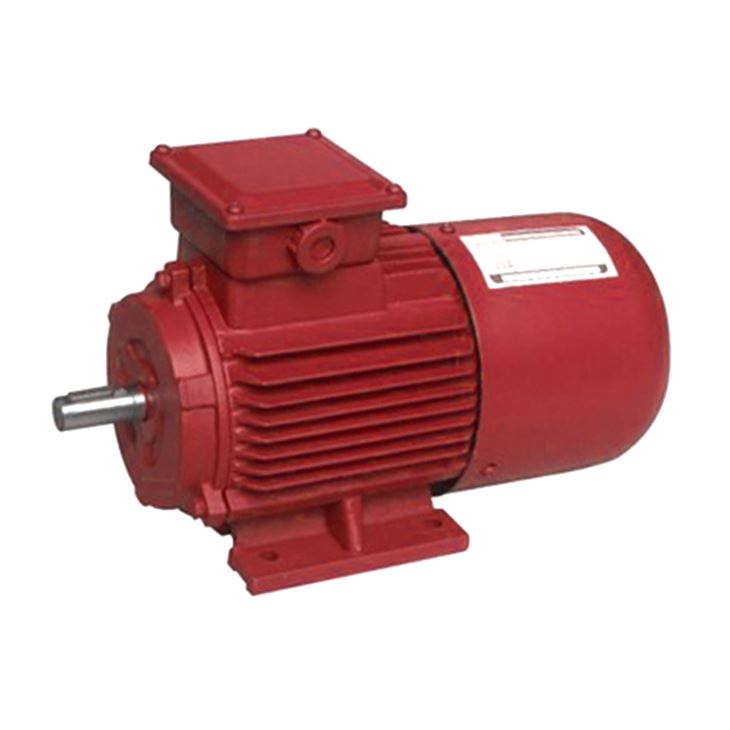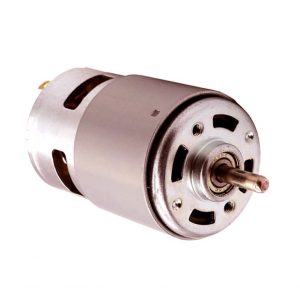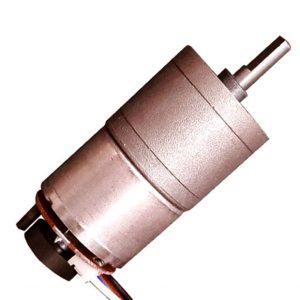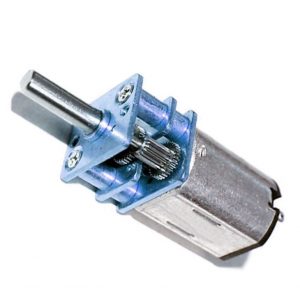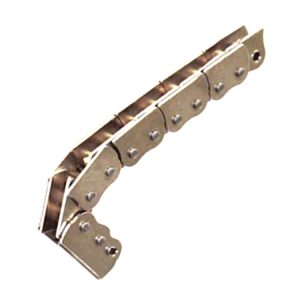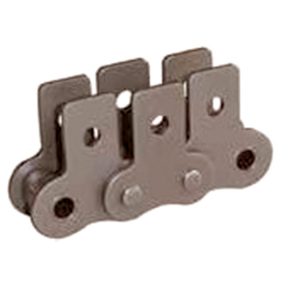Description
Three phase induction motors have a very simple construction composed of a stator covered with electromagnets, and a rotor composed of conductors shorted at each end, arranged as a “squirrel cage”. They work on the principle of induction where a rotating electro-magnetic field it created by applying a three-phase current at the stators electromagnets. This in turn induces a current inside the rotor’s conductors, which in turns produces rotor’s magnetic field that tries to follow stator’s magnetic field, pulling the rotor into rotation.
Benefits of AC Induction Motors are:
- Induction motors are simple and rugged in construction. They are more robust and can operate in any environmental condition
- Induction motors are cheaper in cost due to simple rotor construction, absence of brushes, commutators, and slip rings
- They are maintenance free motors unlike dc motors due to the absence of brushes, commutators and slip rings
- Induction motors can be operated in polluted and explosive environments as they do not have brushes which can cause sparks
AC Induction motors are Asynchronous Machines meaning that the rotor does not turn at the exact same speed as the stator’s rotating magnetic field. Some difference in the rotor and stator speed is necessary in order to create the induction into the rotor. The difference between the two is called the slip. Slip must be kept within an optimal range in order for the motor to operate efficiently. Roboteq AC Induction controllers can be configured to operate in one of three modes:
- Scallar (or Volts per Hertz): an Open loop mode where a command causes a simultaneous, fixed-ratio Frequency and Voltage change.
- Controlled Slip: a Closed Loop speed where voltage and frequency are controlled in order to keep slip within a narrow range while running at a desired speed.
- Field Oriented Control (Vector Drive): a Closed Loop Speed and Torque control that works by optimizing the rotating field of the stator vs. this of the induced field in the rotor.
See this video from Learning Engineering for a visual illustration on how AC Induction Motors are constructed and work.

